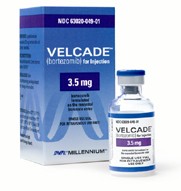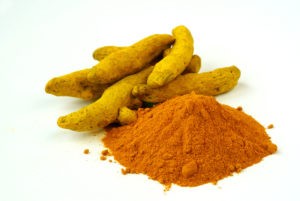
Recently Diagnosed or Relapsed? Stop Looking For a Miracle Cure, and Use Evidence-Based Therapies To Enhance Your Treatment and Prolong Your Remission
Multiple Myeloma an incurable disease, but I have spent the last 25 years in remission using a blend of conventional oncology and evidence-based nutrition, supplementation, and lifestyle therapies from peer-reviewed studies that your oncologist probably hasn't told you about.
Click the orange button to the right to learn more about what you can start doing today.
- You are here:
- Home »
- Blog »
- Multiple Myeloma »
- Multiple Myeloma Diagnosis- Integrative Diet, Exercise, Supplementation
Multiple Myeloma Diagnosis- Integrative Diet, Exercise, Supplementation

“…achieving CR after HDT/SCT (ASCT) is the most important prognostic factor in Multiple Myeloma, even after long-term follow-up…”
David, I have had full blown multiple myeloma diagnosed in 2016 with induction therapy and had an autologous stem cell transplant (ASCT) in 2017. I need assistance maintaining or fighting the growth of MM
In essence, I need MM cancer coaching with diet, exercise, supplements, etc.
I look forward to hearing back from you. Kurt
Hi Kurt,
Several things. First, I am sorry for your MM diagnosis though I agree with your approach to pursue both conventional and non-conventional therapies like diet, exercise, supplementation, etc.
Further, my experience is that MM patients usually need both traditional therapies as well as non-FDA approved therapies like diet and supplementation.
If it’s okay with you I need some basic info about your current situation.
1) what is your current situation- m-spike, side effects, symptoms (bone involvelement, etc.)?
2) What was the outcome of your ASCT in ’17? How did you respond to treatment?
- Remission,
- Partial remission,
- Complete Remission, etc?
Did you undergo induction therapy before your stem cell transplant? Which one?
3) How old are you? What is your health like otherwise? The term is “co-morbidities.” Do you have any other chronic diseases?
I will forward this reply to your email address as well. I is easier for me to communicate via email, send PDF files, etc.
Let me know, thanks.
David Emerson
- Multiple Myeloma Survivor
- MM Cancer Coach
- Director PeopleBeatingCancer
Recommended Reading:
- A Long-term Multiple Myeloma Survivor’s Diet, Nutrition Plan-
- Living w/ Post-Cancer Fear As a Myeloma Survivor-
- Cancer Coaching Testimonials- PeopleBeatingCancer
Multiple Myeloma Stages and Prognosis
“What is a stage? When you’re first diagnosed with multiple myeloma, your doctor will assign it a number, called a stage, that describes how serious it is at that point. That number has a lot to do with the type of treatment your doctor will recommend and what you can expect from your disease going forward.
There’s no cure for multiple myeloma, but treatment can bring it into remission, meaning you don’t have any sign of the disease.
The same tests your doctor uses to know if you have multiple myeloma will also help him tell what stage it’s in. They include:
- Blood tests
- Urine tests
- Bone marrow tests
- X-rays and other imaging tests
- Genetic tests of the cancer cells
Long-term prognostic significance of response in multiple myeloma after stem cell transplantation
“As a final conclusion of this study, achieving CR after HDT/SCT (ASCT) is the most important prognostic factor in MM, even after long-term follow-up. The relapse rate is low in patients who remained in CR after > 11 years of follow-up, so that we could consider them cured.
Comorbidities Impact Survival in Multiple Myeloma:
Conclusion: Age and comorbidities are independently associated with increased risk of mortality in MM. The influence of comorbidities varies over time, with the greatest impact noted in the first year after diagnosis of MM among those with a CCI score ≥3 and with cardiovascular disease.
Further study is needed to determine whether this increased early mortality is related to increased risk of toxicity of therapy, inadequate MM therapy or both…”



